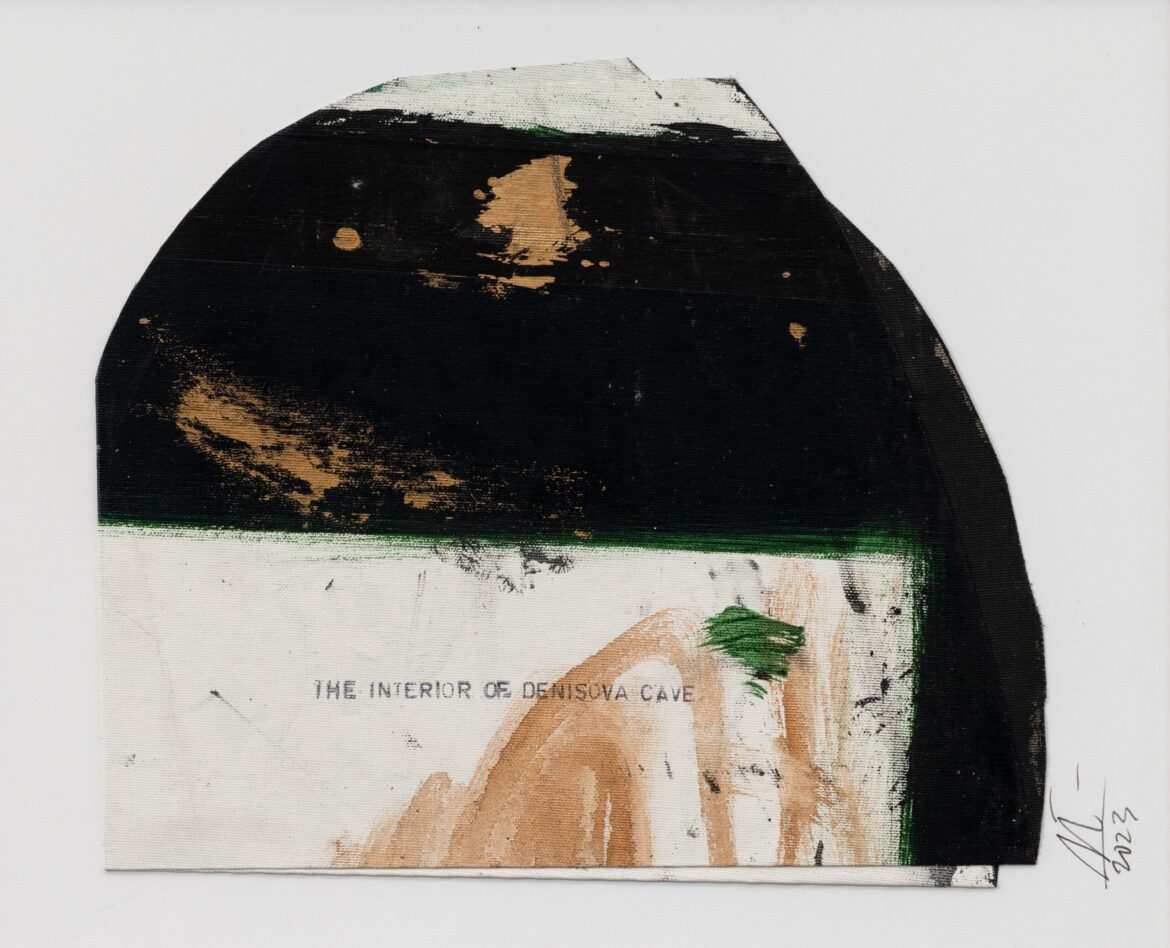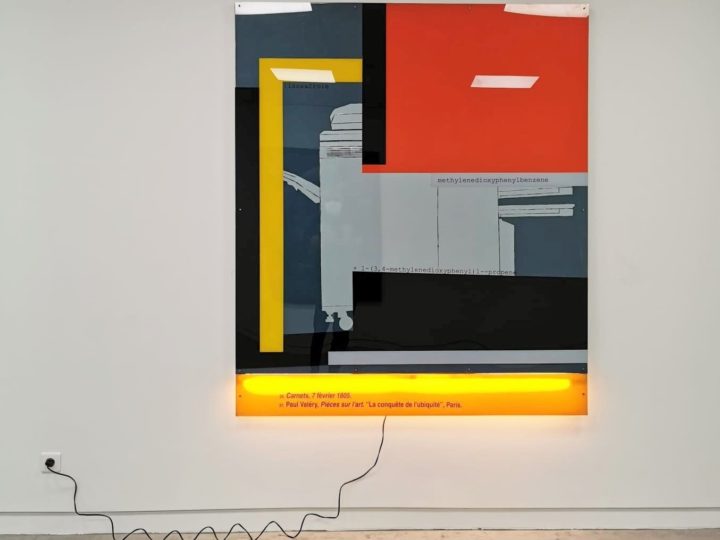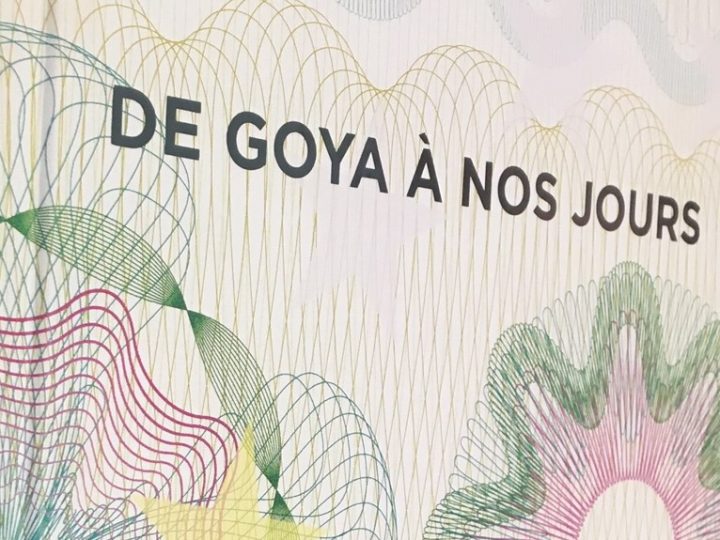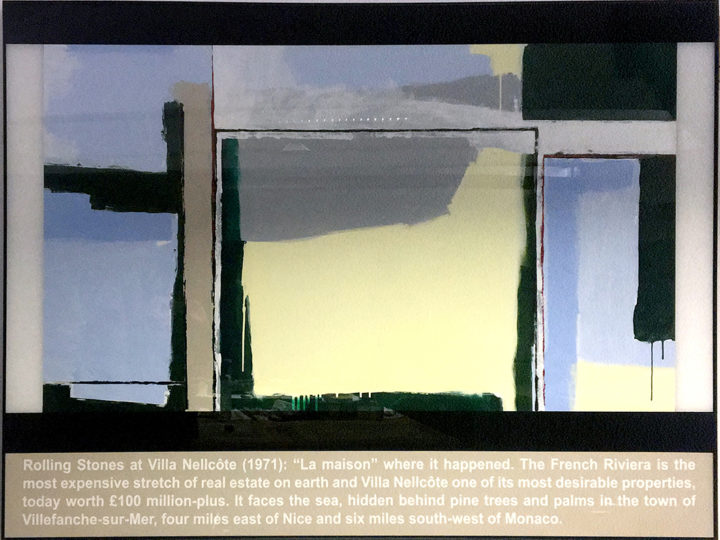
Science is the Theorem, Art is the Problem
by Mario Codognato
We discovered a strange footprint on the beach of the unknown.
We have come up with profound theories,
one after the other, to explain their origin.
In the end we managed to reconstruct the creature
who had left that imprint.
And here! It’s our footprint.
Sir Arthur S. Eddington 1
Art is the tool man needs to face his inescapable destiny, sometimes to build worlds, parallel and consolatory, more often for attempt to interpret reality and question the meaning of its presence on this land. Art, together with language, is what distinguishes man from the rest of the living beings of Gaia.
Poetry, music, painting… every form of human creativity contributes to pursue the same goal: to disclose the intimacy of the self by placing oneself “naked” in front of the mirror and in front of the other.
It is precisely in creating this relationship that the only consolation in solipsism of man, that we can recognize the peculiarity of the artist who through the the generous and courageous gesture of showing himself reveals his fragility. The fulcrum of Joao Louro’s work, with a marked conceptual and minimalist matrix, in fact, it finds its definitive completion in the relationship with the public. The shiny ones surfaces of his two-dimensional works aim for visual involvement and perceptive, even before intellectual in some way incorporating the observer in the work, called to interpret or complete the messages according to their own codes. Literature and poetry, cinema and anthropology are the constant ingredients of the portuguese artist who nevertheless finds in the language, signifier and signified, a privileged medium.
The need to overcome the individualism of an anesthetized society and restore the fragmentary nature of experience through an “active” and creative gesture, yes explicit with the strategy of detournement, i.e. citation, re-writing, reappropriation of a text aimed at generating new meanings such as experiences of Dadaism and Surrealism have taught us.
In this exhibition, starting from disparate sources such as the results of the discoveries on crossbreeding of hominids from 50,000 years ago or rather narratives halfway between legend and truths that see the contrast between man and the “beast”, perhaps daringly a fantastic hybridization, Louro builds a story about the triangulation of concepts of origin – crossbreeding between species – predators and does it right through the aspect that fundamentally distinguishes man from all other beings living beings: language. The word, in its linguistic nature even before signs, is once again the creative medium favored by the artist, whose the desire is to underline the impossibility of giving up it: language as an instrument of cultural, political and social freedom and identification.
In a critical historical moment characterized by the profound crisis of the Anthropocene and by the apocalyptic consequences on the planet tormented by the abuse of a blind woman capitalist logic devoted to production and consumption, Joao Louro, with his typical speculative approach, it involves us in an intimate reflection on gender human starting from the Darwinian theory of evolution. “On the origin of species by means of natural selection or the preservation of favored races in the struggle for life” of 1859, a milestone of scientific materialism, it is the incipit for a personal reflection on the concept of evolution as one inevitable “race” for survival. Despite the content of the theory of evolution through natural selection has changed considerably a favor of a holistic conception of equality and collaboration between species living beings, the artist, as if driven by an ancestral skepticism, feels the need to investigate the origin of predators, as a potential new chapter in the evolutionary theory.
Are we so “human”? Or are we still using our reptilian instincts to survive, thrive and dominate? Are we going back to our ancestors?
These are ultimately the questions that the artist asks himself – and us -.
A gigantic canine placed on a pedestal, like a contemporary relic it immediately lights up the reference to primordial, symbolic life forms sign of carnivorous predation. Dystopian, cryptic, sometimes ironic, the artist, yes protagonist of the Portuguese Pavilion at the Venice Biennale in 2015 with the exhibition I will Be Your Mirror, grants the viewer freedom of interpretation, however, leading him into a universe of literary and scientific references that they relate the relationship of humankind with nature in particular with the animal one.
In an era of anti-speciesism, of the necessary overcoming of the nature-nature dichotomy culture and the imperative repositioning of the predominant role of man, the artist, as if in a stream of consciousness, expresses his concern, the intimate existential doubts making his own the famous Latin palindrome in girum imus nocte et consumemur igni (we go round in circles in the night and come consumed by fire), a nihilistic vision of the cycle of life as a labyrinth without exit.
Questioning ourselves about what the best way to talk about our time could be Louro takes refuge in meta-language. He rejects the recognizable image and consolatory and uses abstraction as a means to ignite the imagination.
If poetry is to language what abstraction is to painting, in on this occasion the artist uses the text as given and the abstract painting as freedom device.
The text, always positioned in a systematic manner, “ordered” at the bottom left, almost like a caption, or like the entry in a dictionary, it is faced by a monochrome painting that often betrays an important gestural component. From Left to Right, in fact, explicitly declare the titles of the works, also becoming the instructions to the public to observe the works, as well than the formal mode of writing and reading. Meta-paintings that contain an intrinsic reflection on “doing” painting.
He comes to mind, for example, about one of the works that shows the image iconic of the so-called “coral of life” drawing from 1837 in Darwin’s notebooks, a sort of incubator of the evolutionary project, immanent to nature. In this gray segment lies the essential relationship between science and art, that is the need for the former to use the latter to “represent” the invisible.
The biologist and naturalist, in fact, in the inverse need to create models epistemological and visual to his theories, he argued as much as the coral, in the its ambiguity of animal-vegetable-fossil, was a more suitable symbol of the tree to describe the evolutionary process both for the irregularity of the ramifications that for the distinction between extinct species and living species
And still other works, in recalling the dark story of the Beast of Gévaudan, a ferocious animal never identified exactly, which between 1764 and 1767 caused dozens of victims in the Gevaudan countryside in central France southern, arouse in our imagination the memory of medieval bestiaries and treatises on teratology of which, for the iconographic apparatus, was seminal “Monstrorum Historia”, by Ulisse Aldovrandi, published for the first time in 1642 posthumously. That it is an animal with the appearance of a disproportionate wolf dimensions, actually handed down in the engravings of the time, or even the lions nicknamed Ghost and Darkness in literature at the end of the 19th century devoured British workers in the Tsavo region of Kenya, Louro invites us to independently imagine a symbol of predatory ferocity.
Works that do not aim at mere contemplation, but that invite, stimulate the viewer to start a reactive process of figuration, a construct the image independently, as already in the well-known works of the Blind Image series. Literally “blind images” that bring our attention back to reflect on the epistemological superiority attributed to the sense of sight in the Western world, visibility as a living metaphor of intelligibility that Derrida puts discussed in his famous Memoirs of the Blind. Hiding the Louro image traces the thought of the French philosopher using “blindness”, invisibility as a necessary counterbalance to be able to talk about visibility.
The polysemic nature that makes up the artist’s creative universe shuns the semantic cage of meaning. To put it in the words of George Orwell, whose echoes of Animal Farm can be seen in the folds of the Milanese exhibition, if thought corrupts language, language can also corrupt thought.
1 Space, time and gravitation, Lectio Magistralis on the occasion of the awarding of the Veneri Prize for Science 2008

![NI LE SOLEIL NI LA MORT [solo show]](https://joaolouro.com/wp-content/uploads/2021/10/conversa-pavilhao-branco-720x540.jpg)

